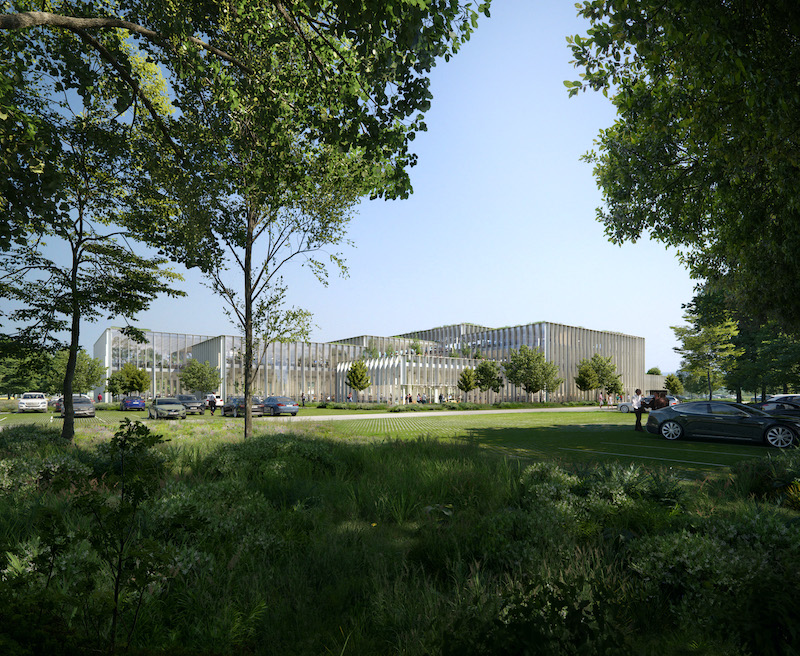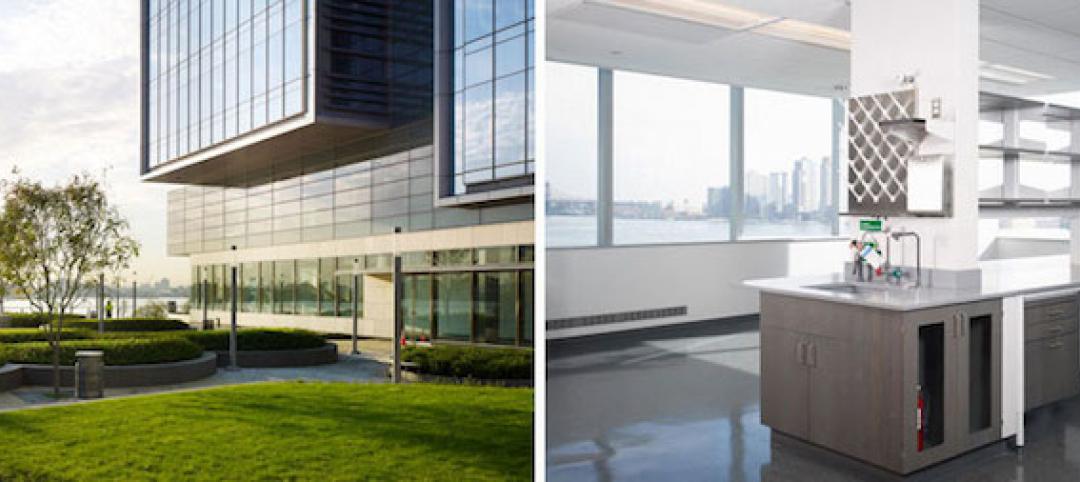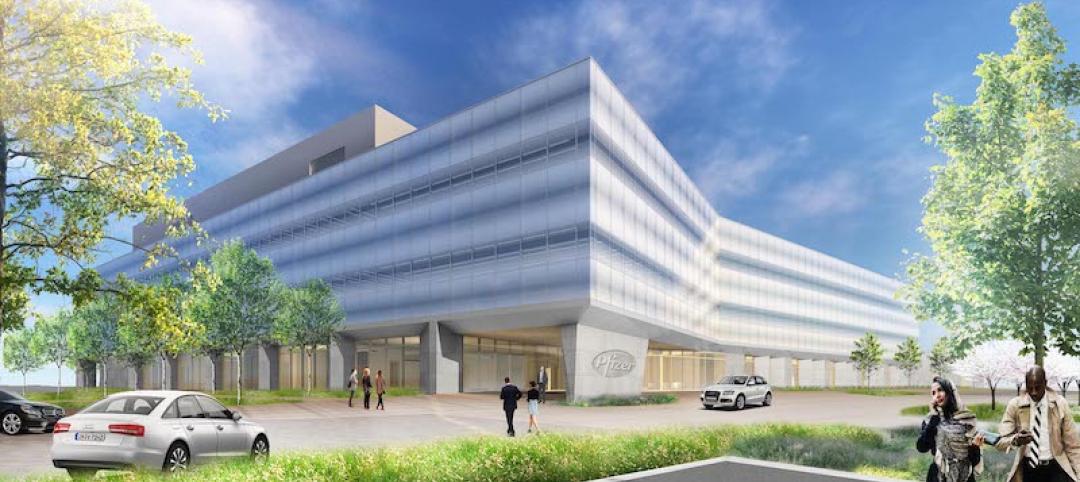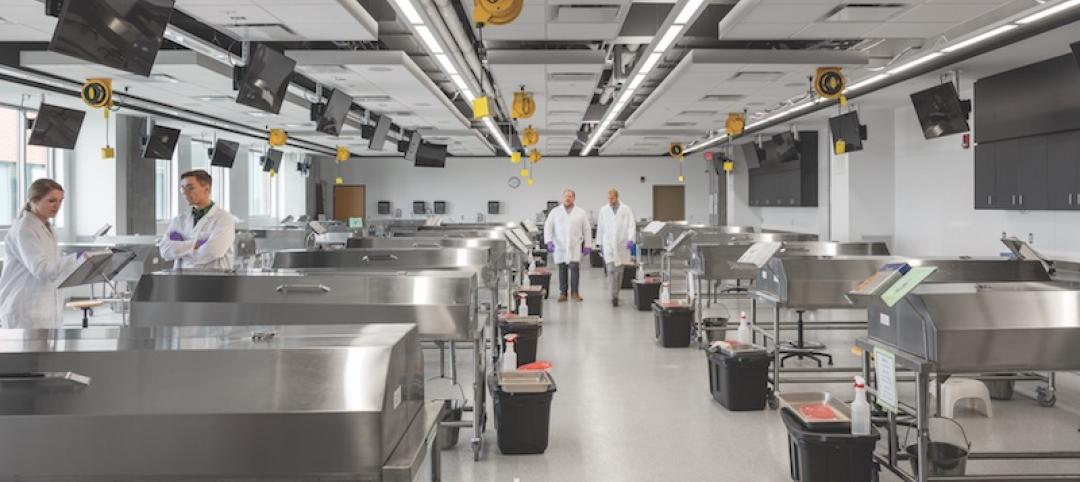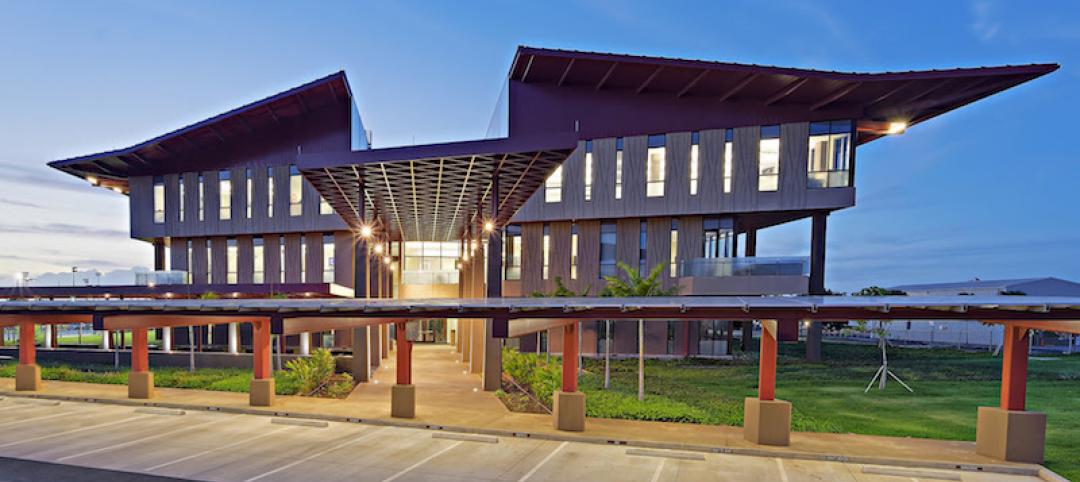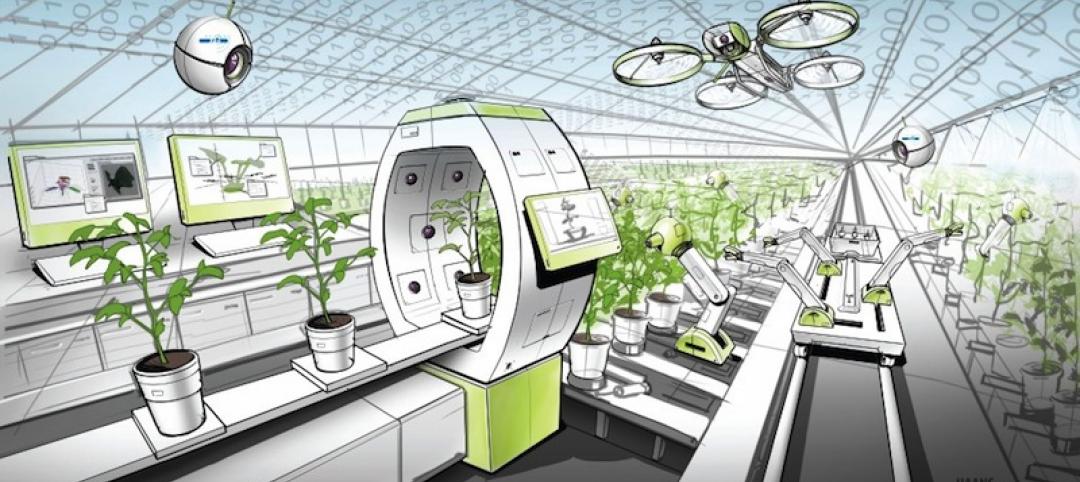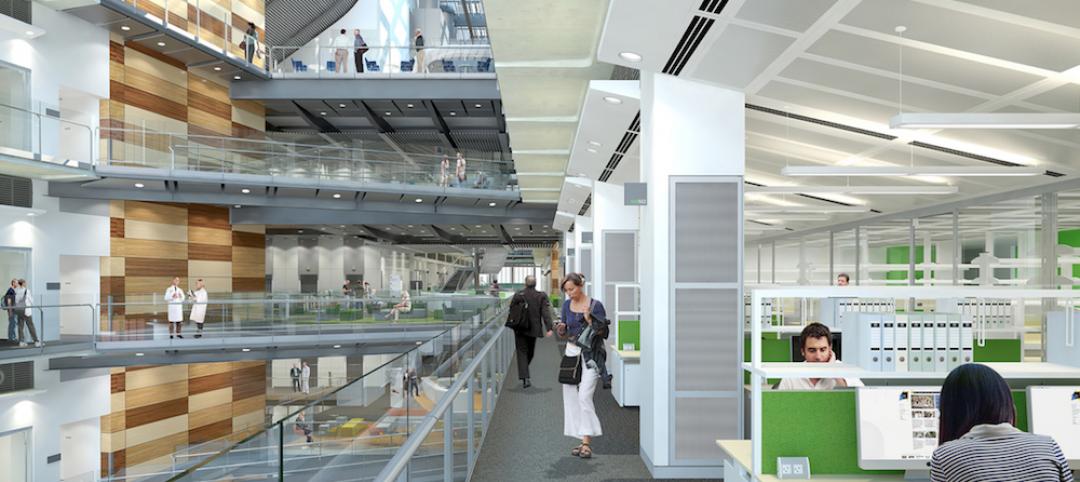3XN has unveiled the new joint home of Universal Robots (UR) and Mobile Industrial Robots (MiR) in Odense, Denmark. The 215,000-sf project will enhance collaboration and employee well-being while offering highly specialized environments for robot research and development.
The new facility will group most of UR and MiR’s activities, which are currently spread across five different addresses in Odense, in one location, creating the world’s largest hub for cobots (collaborative robots that work and interact with humans).
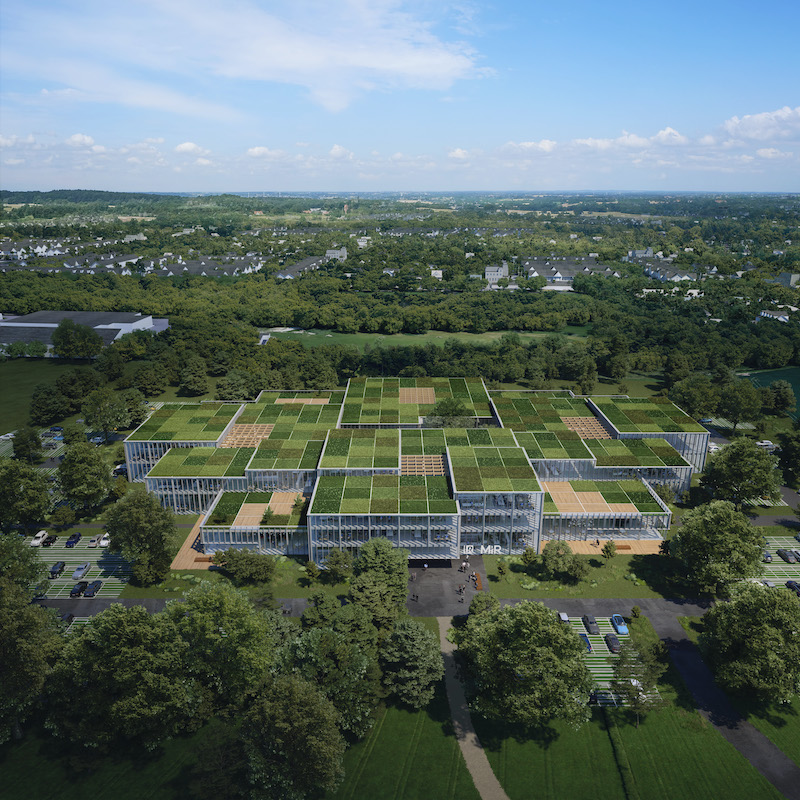
Dubbed Cobot Hub, the facility comprises flexible modules tailored to the robotics companies’ specialized needs. "We have worked closely with the users of the building since the beginning of the process, and we have conducted many interviews to outline what the new building needs to deliver," said Audun Opdal, Architect and Senior Partner, 3XN, in a release. "A lot of different elements had to come together. The new building will house two independent companies that need everything from traditional office space to workshops, laboratories, and creative robot ‘playrooms,’ where the robots of the future are developed.”
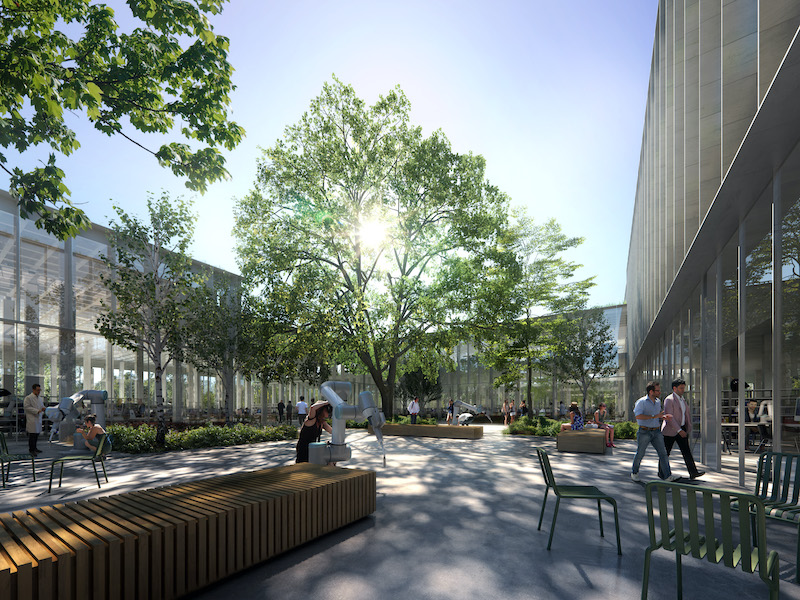
The building’s modular approach provides a flexible framework that allows the building to be scaled up or down according to future needs. This means significant parts of the building’s structure and materials can be reshaped and reused.
Cobot Hub will include a green roof, open office landscapes, common areas, and amenity spaces where employees can meet informally across the two organizations and exchange knowledge and innovations. Atriums open the building up and create visibility and transparency, encouraging social interaction. A shared courtyard forms the heart of Cobot Hub and will become the center of social life on the campus.
The project is slated for completion in 2023.
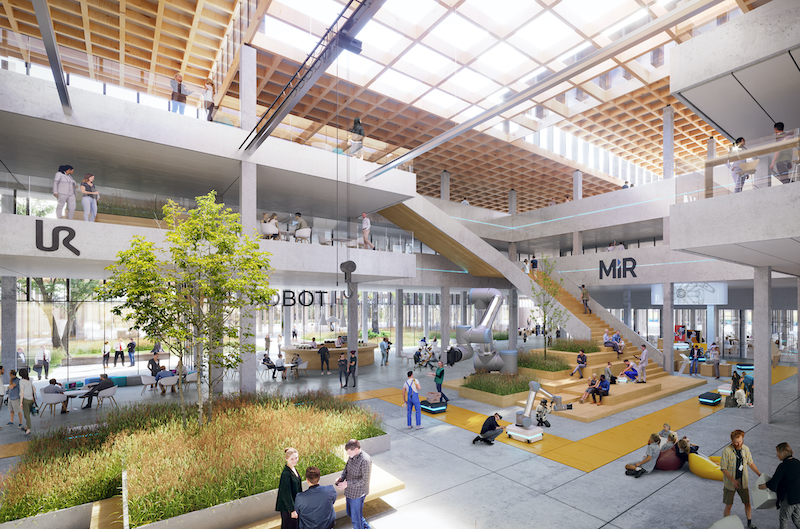
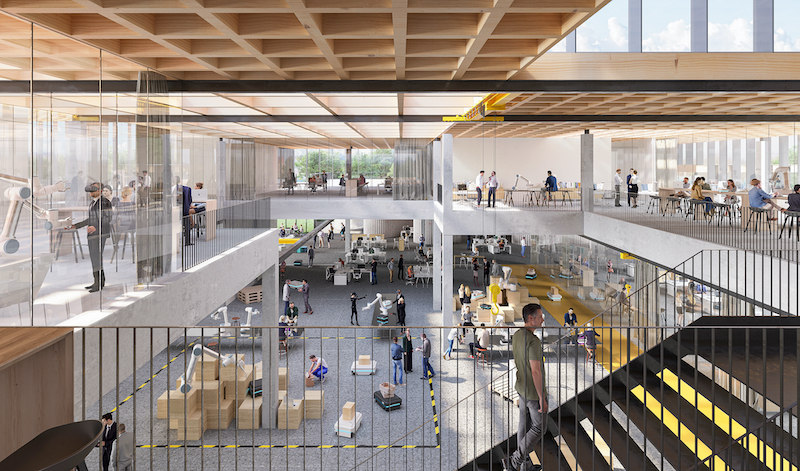
Related Stories
Laboratories | Sep 12, 2017
New York City is positioning itself as a life sciences hub
A new Transwestern report highlights favorable market and regulatory changes.
Laboratories | Aug 3, 2017
Today’s university lab building by the numbers
A three-month study of science facilities conducted by Shepley Bulfinch reveals key findings related to space allocation, size, and cost.
Laboratories | Jul 18, 2017
Pfizer breaks ground on new R&D campus in St. Louis suburb
The facility will consolidate the company’s local workforce, and provide flexible work and research spaces.
Building Team Awards | Jun 12, 2017
The right prescription: University of North Dakota School of Medicine & Health Sciences
Silver Award: North Dakota builds a new medical/health sciences school to train and retain more physicians.
Laboratories | Apr 13, 2017
How to design transformative scientific spaces? Put people first
While most labs are designed to achieve that basic functionality, a transformational lab environment prioritizes a science organization’s most valuable assets: its people.
Laboratories | Sep 26, 2016
Construction has finished on the world’s largest forensic anthropology lab, designed by SmithGroupJJR
The lab’s main purpose will be to help in the investigation, recovery, and accounting of Americans lost in past wars.
Laboratories | Aug 8, 2016
The lab of the future: smaller, flexible, tech-enabled, business focused
A new CBRE report emphasizes the importance of collaboration and standardization in lab design.
Laboratories | Jun 16, 2016
How HOK achieved design consensus for London's Francis Crick Institute
The 980,000-sf, $931 million facility is the result of a unique financing mechanism that brought together three of the U.K.’s heaviest funders of biomedical research—the Medical Research Council, Cancer Research UK, and the Wellcome Trust—and three leading universities—University College London, Imperial College London, and King’s College London.


